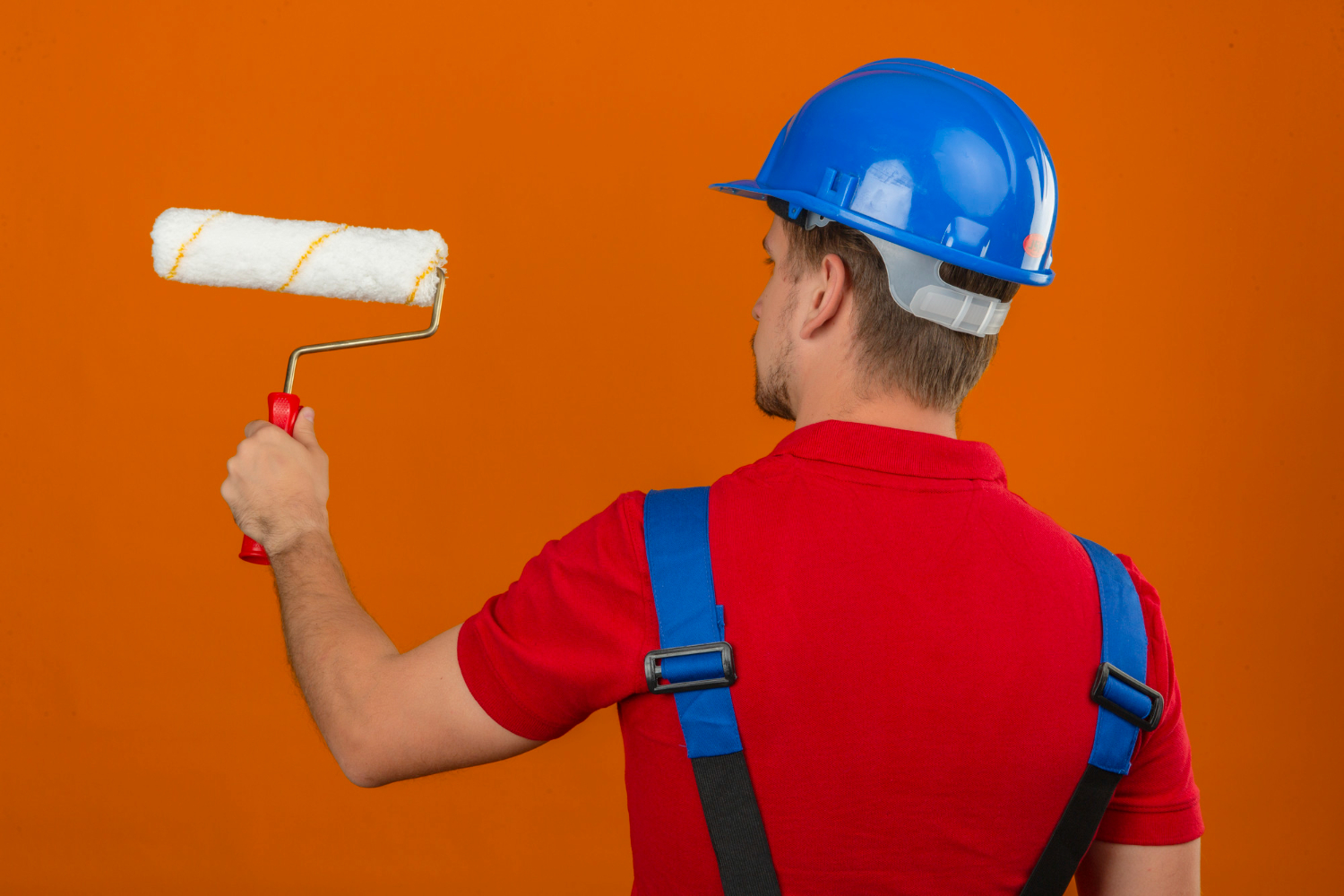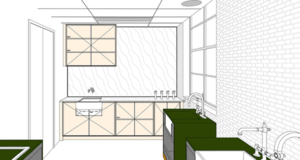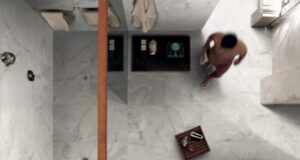

Introduction:
Building painting is more than just adding color to walls; it’s about transforming spaces, conveying messages, and enhancing aesthetics. From residential homes to towering skyscrapers, painting plays a pivotal role in defining the character and ambiance of structures. This article delves into the world of building painting, exploring techniques, offering practical tips, and highlighting emerging trends.
Understanding the Basics: Before diving into the painting process, it’s essential to understand the basics. Surface preparation is paramount. Cleaning walls, repairing cracks, and applying primers create a smooth canvas for paint application. Choosing the right paint type, whether water-based or oil-based, depends on factors like surface material, weather conditions, and desired finish.
Techniques for Success: Achieving professional results requires mastering various painting techniques:
-
Brush Painting: Ideal for intricate details and smaller areas, brush painting offers precision and control. Selecting high-quality brushes and using proper strokes—like cutting in along edges before rolling—ensures clean lines and even coverage.
-
Roller Painting: For larger surfaces like walls and ceilings, roller painting is efficient and yields consistent results. Begin with a roller cover appropriate for the surface texture, and use a paint tray to evenly distribute paint. Working in sections, apply paint in a “W” or “M” shape, followed by smooth vertical strokes for uniform coverage.
-
Spray Painting: Commonly used for exterior painting and large-scale projects, spray painting delivers a flawless finish with speed and efficiency. Proper masking and covering of adjacent surfaces are crucial to prevent overspray. Adjusting spray pressure and angle ensures even application.
-
Decorative Techniques: Beyond basic painting, decorative techniques like faux finishes, stenciling, and sponging add depth and texture to surfaces. Experimenting with different tools and layering techniques can create unique effects, enhancing the visual appeal of buildings.
Tips for Success: To elevate your building painting endeavors, consider these tips:
-
Invest in Quality Materials: Quality paints, brushes, rollers, and other painting supplies yield superior results and lasting durability.
-
Follow Proper Safety Precautions: Prioritize safety by using appropriate personal protective equipment (PPE), securing ladders, and working in well-ventilated areas.
-
Work in Ideal Conditions: Optimal painting conditions include moderate temperatures, low humidity, and minimal wind to facilitate proper paint adhesion and drying.
-
Plan and Prep Thoroughly: Proper planning and preparation save time and effort in the long run. Take time to assess the project, gather necessary materials, and prepare surfaces meticulously.
-
Maintain Cleanliness: Keep work areas clean and organized throughout the painting process to prevent accidents and ensure professional results.
Emerging Trends:
Building painting trends continue to evolve, reflecting changing tastes and technological advancements. Some notable trends include:
-
Sustainable Paints: Increasing emphasis on environmental sustainability has led to the rise of eco-friendly paints with low VOC (volatile organic compound) formulations, reducing harmful emissions and promoting healthier indoor air quality.
-
Digitally Printed Murals: Digital printing technology enables the creation of intricate murals and large-scale artwork, offering endless design possibilities for building exteriors and interiors.
-
Interactive and Graffiti Art: Interactive murals and graffiti art engage communities, adding vibrancy and cultural significance to urban landscapes.
-
Biophilic Design: Incorporating elements of nature through botanical motifs, earthy colors, and organic patterns fosters biophilic design, promoting well-being and connection with the natural environment.
Conclusion:
Building painting is a dynamic blend of artistry, technique, and innovation. By mastering fundamental techniques, implementing practical tips, and staying abreast of emerging trends, painters can elevate their craft and contribute to the beautification of structures, leaving a lasting impression on communities and individuals alike. Whether it’s a residential facade, a commercial building, or a public mural, the art of building painting continues to shape our environments and inspire creativity.


